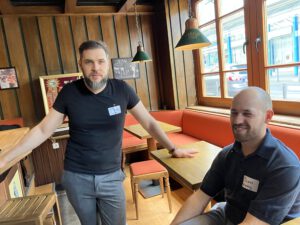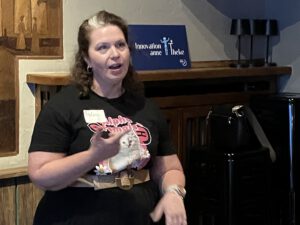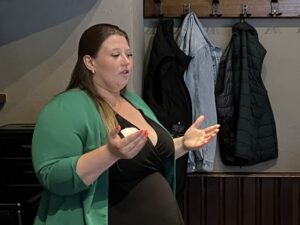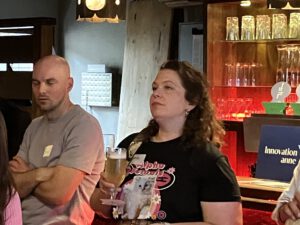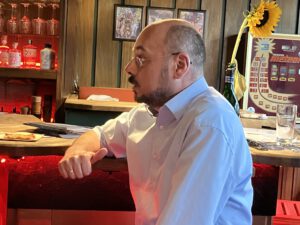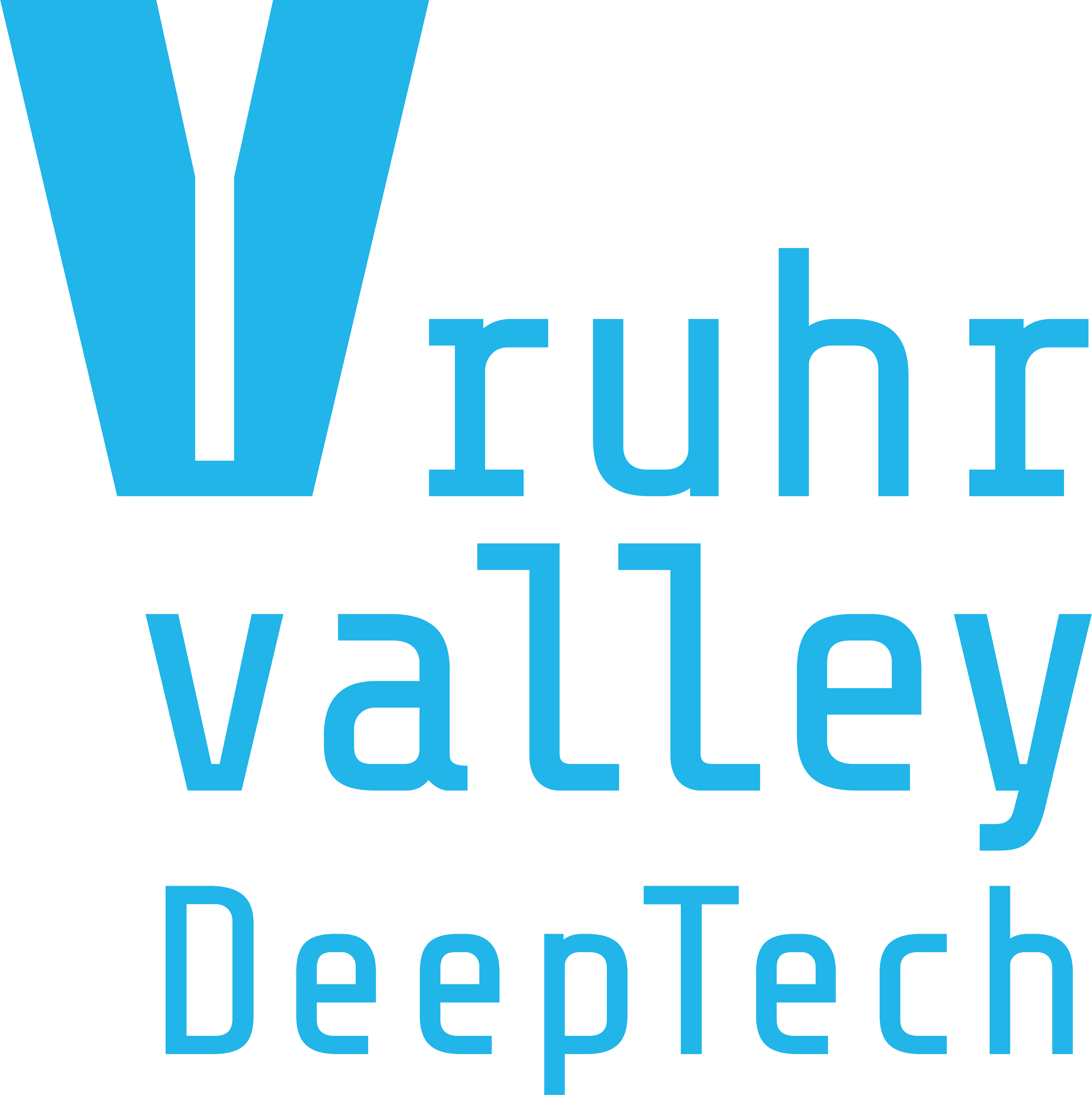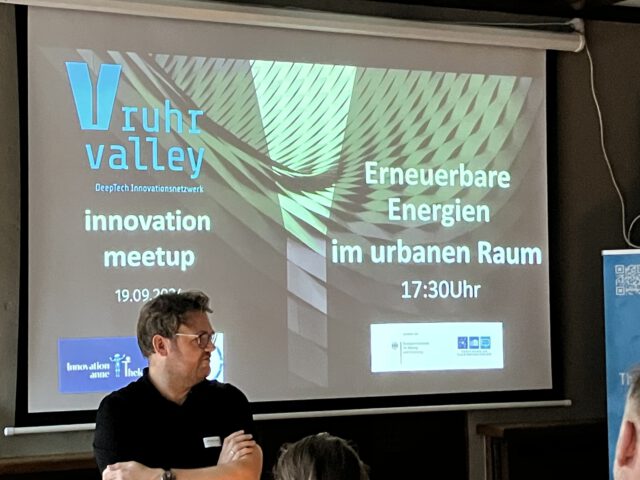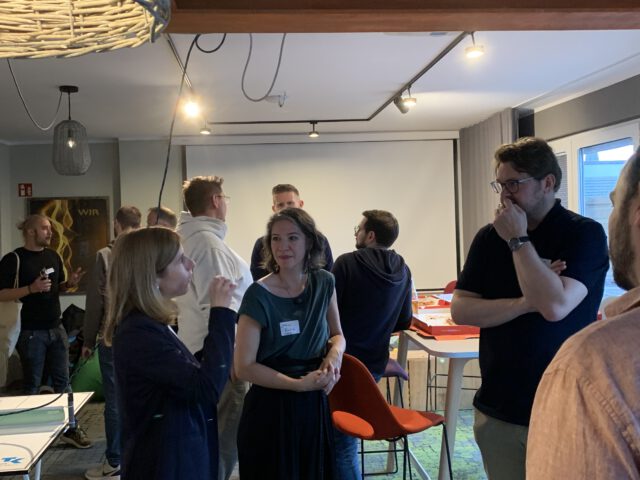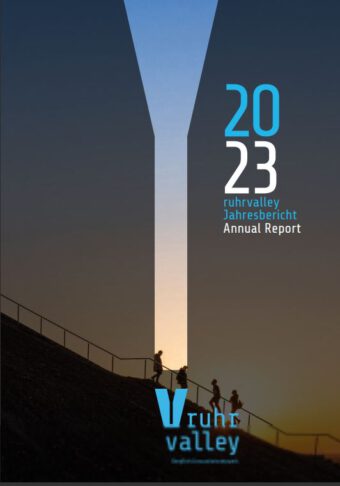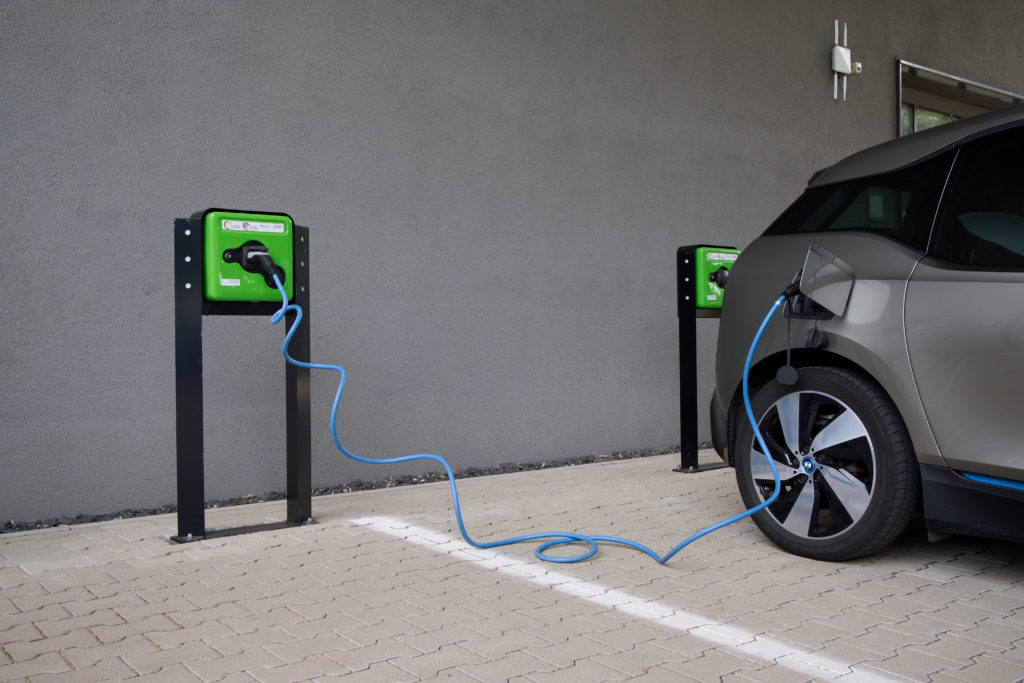
Project
EMEL
Energy management in metropolitan eMobility Charging Infrastructure
The dilemma around electromobility is well known: the use of electric vehicles will only increase when the necessary charging infrastructure is available. EMEL’s objective is to develop and demonstrate market-viable system solutions for charging vehicles in the Ruhr region.
Starting Point
The dilemma around electromobility is well known: the use of electric vehicles will only increase when the necessary charging infrastructure is available. In this regard, the focus currently lies on the IT-integration between the charging point and the charging infrastructure with sustainable energy systems such as the smart grid, the smart home, and the smart factory. In future, small energy producers will want to use their electricity, derived from volatile renewable energy sources, for themselves, for mobility purposes or to offer it on the market. At the same time, big energy producers want to establish solutions for grid stability. This requires structural changes that must technically addressed.
Our Solution
EMEL’s objective is to develop and demonstrate market-viable system solutions for charging vehicles in the Ruhr region. The overall structure of the Ruhr region is characterised by great diversity: there are more than a dozen local electricity producers and grid areas, which has consequences on the efficiency of the energy systems. At the same time, parallel, disconnected structures can be found in energy systems and charging infrastructures. The transformation of the hierarchically structured energy system with centralised energy production based on a small number of big, fossil-fuel-burning power plants into a decentralised system requires horizontal integration across regional borders. A system like this can integrate many small and medium energy producers as well as consumers, such as electric vehicles. The project team is creating a system solution for the connection of charging points to main energy management systems and will implement it as a prototype in field tests.
Funding-ID
Westphalian University of Applied Sciences: 13FH0I32IA
Bochum University of Applied Sciences: 13FH0I31IA
Dortmund University of Applied Sciences and Arts: 13FH0I33IA
Supported by the Federal Ministry for Education and Research
Project Duration
2019 – 2022
More about the topic
related Projects
related Events
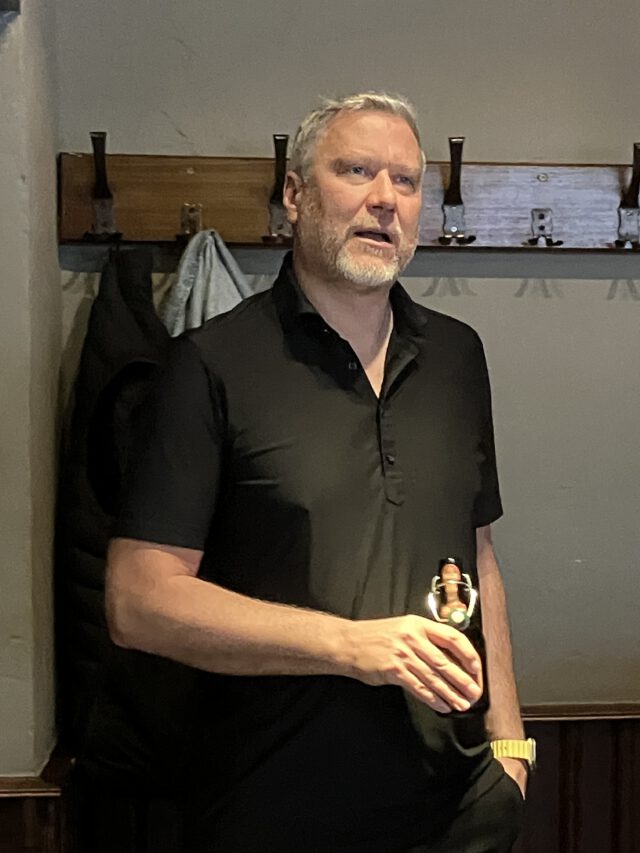
10.07.2025
Throwback: InnovationMeetUp – 10.07.2025
From vision to financing
On 10 July 2025, our InnovationsMeetup on the topic of ‘From vision to financing’ took place in the inspiring location ‘Zum Kuhhirten’ in Bochum’s city centre – organised together with the Bochum Economic Development Agency.
One highlight of the evening was the exciting keynote speech by Jörg Gudat from Labs.Ruhr, who provided valuable insights as an experienced investor: How do you target investors? What prerequisites should start-ups have? And when is the right time for financing? His practical tips provided the participants with important ideas.
Afterwards, two start-up teams, Evovell and Roadstory, presented their business ideas in short, convincing pitches.
The evening offered not only informative impulses, but also plenty of opportunity for personal discussions over cold drinks and pizza – ideal for making contacts and expanding networks.
